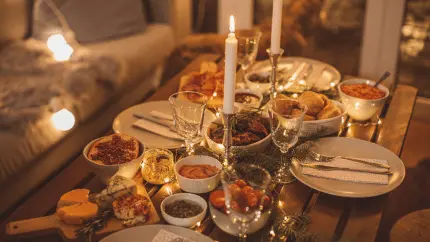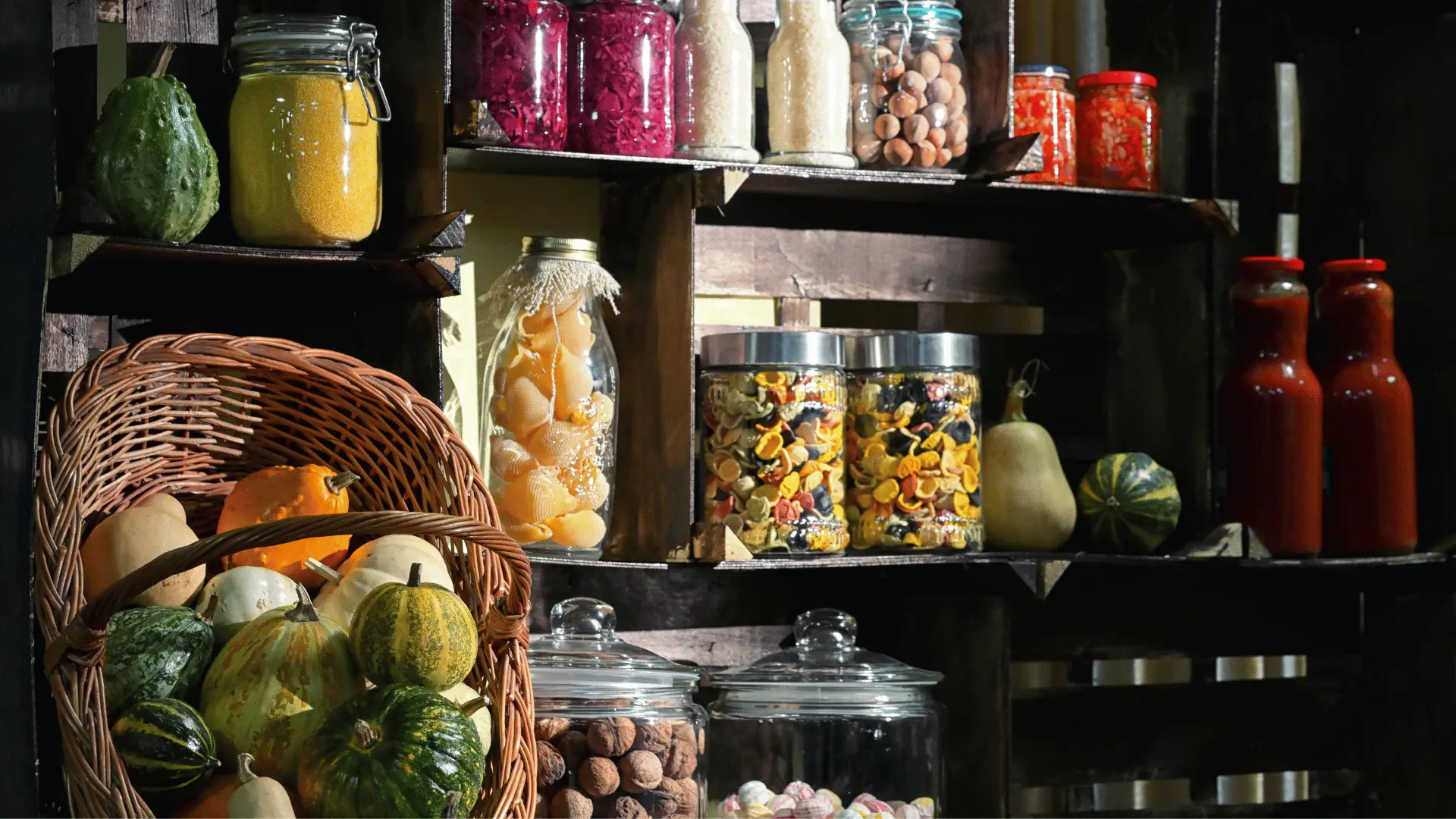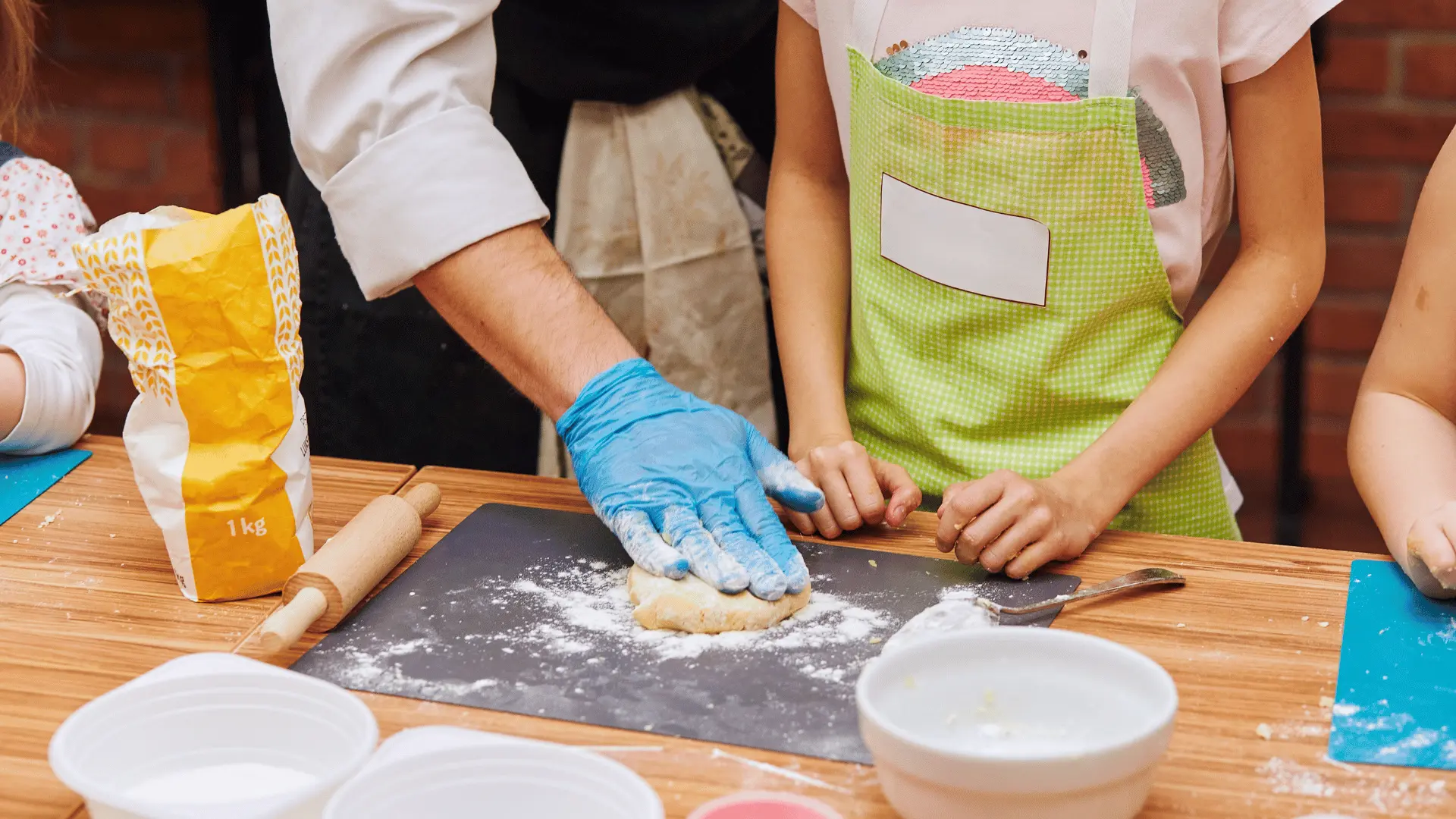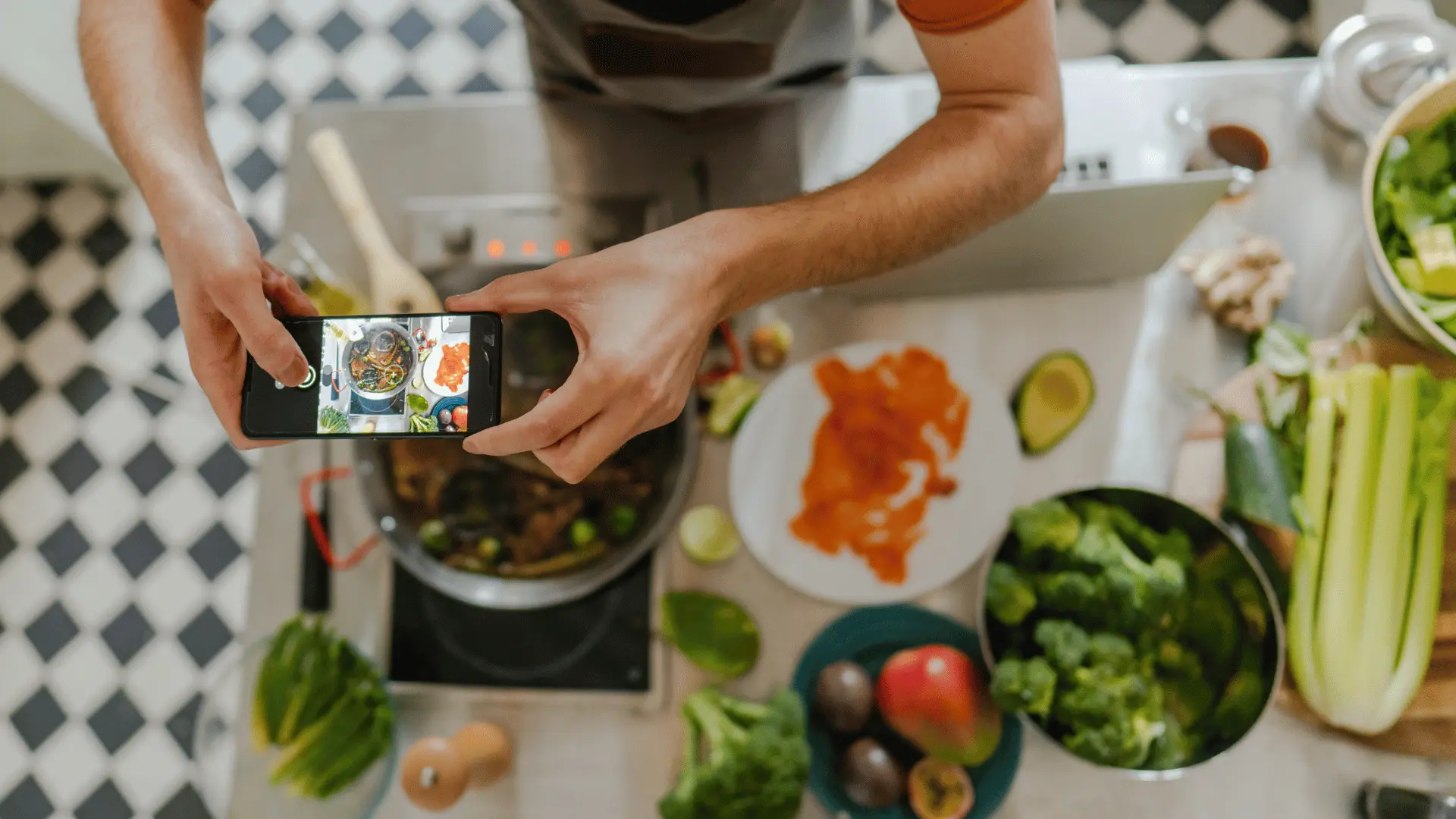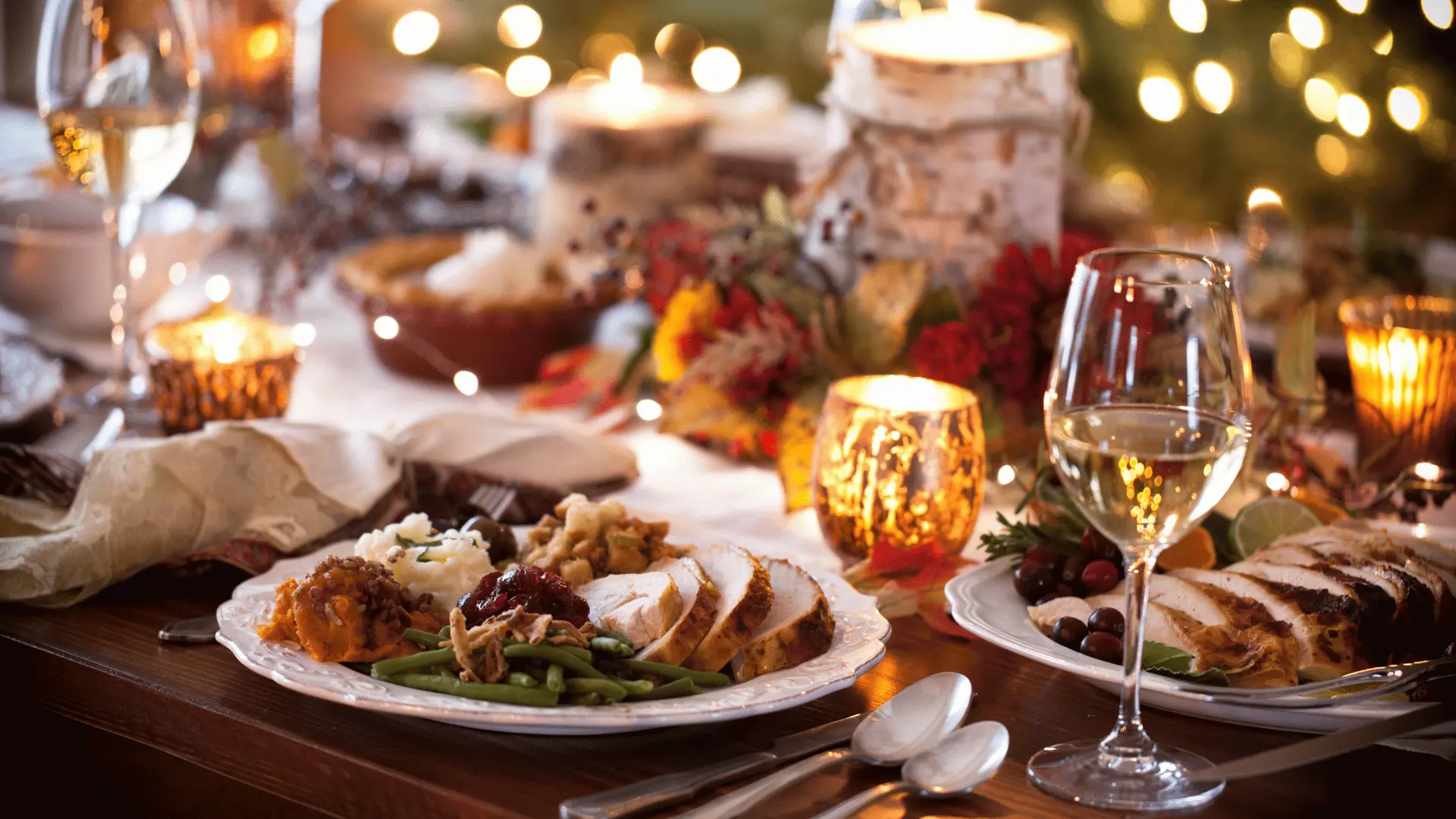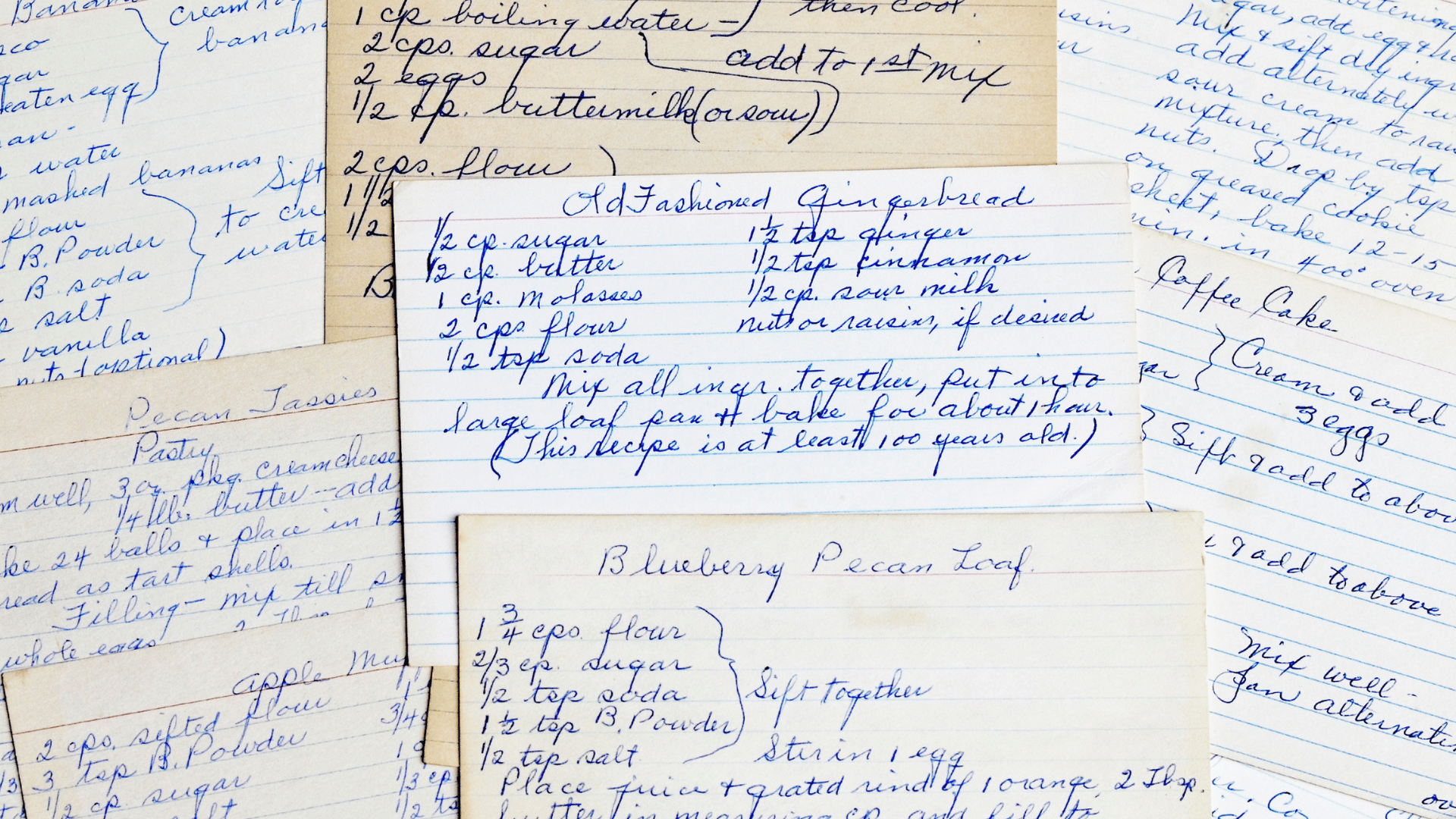
The Untold Stories Behind Handwritten Recipe Cards
In an age of endless food blogs, TikTok tutorials, and Pinterest boards, there’s something profoundly moving about holding a handwritten recipe card. The paper might be worn soft at the edges, the ink faded, the surface marked by grease stains or flour fingerprints. Yet those imperfections tell a story—of a dish made countless times, of hands that prepared it, of memories folded into every bite.
Handwritten recipe cards are more than instructions. They are artifacts of family history, connecting us not only to the meals we love but also to the people who made them. They carry with them nostalgia, culture, and love in a way no screenshot or online recipe ever could.
The Emotion Hidden in Every Stroke
When you look at your grandmother’s recipe card, it’s not just about the ingredients or directions—it’s about her handwriting. The loops of her cursive, the hurried notes in the margin (“add more sugar if kids are home”), the little doodles or underlines. Every mark is a reminder of her voice, her quirks, her personality. These small details transform recipes into keepsakes, proof of a life well-lived and meals well-shared.
Unlike typed documents, handwriting carries emotion. It reflects the care of someone writing a recipe for you, the urgency of jotting it down before it was forgotten, or even the comfort of sharing something treasured. That handwriting becomes a thread to the past, something you can touch, trace, and remember.
Why Handwritten Recipes Are Disappearing
As life becomes increasingly digital, handwritten recipe cards are slowly disappearing. Families no longer rely on index cards, tin boxes, or binders filled with clippings. Instead, recipes are scattered across phones, texts, emails, and cloud storage—easy to access but lacking the personal warmth of ink on paper. In the rush for convenience, we risk losing the intimacy of those little pieces of family history.
- Paper fades: Ink smudges, cards get misplaced, and stories behind them vanish.
- Digital scatter: Modern recipes are saved in fragments—screenshots, links, bookmarks—that rarely carry the emotion of the original.
- Cultural loss: Without preservation, the handwriting and traditions unique to families risk being forgotten entirely.
The Untold Stories Behind the Smudges
Every recipe card has a hidden story. The butter stains might be from your mother making cookies late at night after work. The smudged corner might be from the flour your grandfather spilled while teaching you to bake bread. The faded ink could be from your aunt, who wrote it down decades ago during a holiday gathering. These marks are more than blemishes—they’re physical imprints of love, time, and memory.
Think of handwritten recipe cards as mini time capsules. Each one freezes not just the ingredients of a dish but the context around it: the era, the culture, the family traditions. They remind us that food isn’t just sustenance—it’s storytelling.
Preserving the Handwritten Legacy in a Digital World
So what do we do when handwritten recipe cards begin to fade? We preserve them, not by replacing them, but by extending their life into the digital age. That’s where tools like Recipe Memory come in.
Instead of letting recipes vanish in boxes tucked into cupboards, you can digitize them while still keeping the handwriting alive. Upload photos of the cards, attach audio clips of family members reading them, or record videos of loved ones cooking from them. In this way, the handwriting is never lost, and the stories behind the smudges live on.
Ways to Capture the Story Beyond the Recipe
When digitizing or preserving a handwritten recipe card, don’t stop at the ingredients. Capture the full story:
- Photograph the original card: Preserve the handwriting, doodles, and stains exactly as they are.
- Record the backstory: Who wrote it? When was it first used? Why does it matter?
- Add audio or video: Let family members share anecdotes, like the time the dish was first made for a birthday or holiday.
- Invite collaboration: Ask others to add their memories of the dish—when they ate it, who made it best, or the tweaks they’ve added over the years.
By combining handwriting with memory, you transform recipes from instructions into living heirlooms.
Why It Matters
Handwritten recipe cards remind us that food is never just about eating—it’s about belonging. They hold the smells of kitchens long past, the laughter of family gatherings, the voices of those we miss. Without preserving them, we risk losing more than directions for a dish—we risk losing identity and connection.
With Recipe Memory, families can ensure these handwritten treasures live on. Each card becomes more than nostalgia—it becomes an active part of family history, carried into the future where new generations can cook from them, laugh over them, and add their own marks of love.
Key Takeaway
Handwritten recipe cards are among the most precious heirlooms we have. They tell stories through fading ink, smudged edges, and grease stains—stories of family, culture, and love. Preserving them in a digital, memory-first way means those voices are never silenced, and those meals never forgotten. What’s written in ink may fade, but what’s preserved with intention can last forever.
Love what you’re reading?
Join Recipe Memory today to save your favorite recipes, plan meals with ease, and create smart grocery lists ...all in one place.
